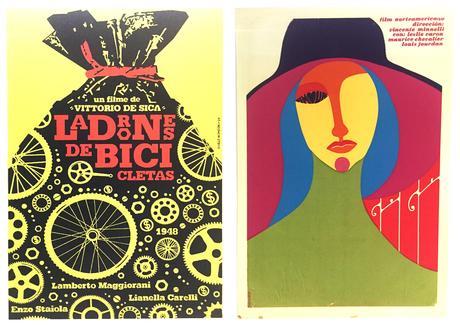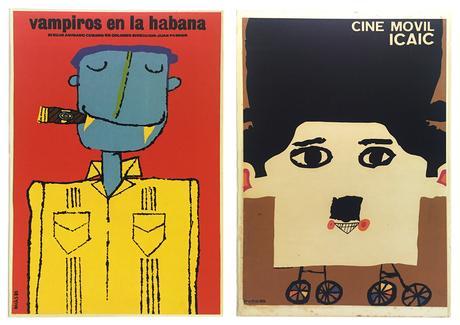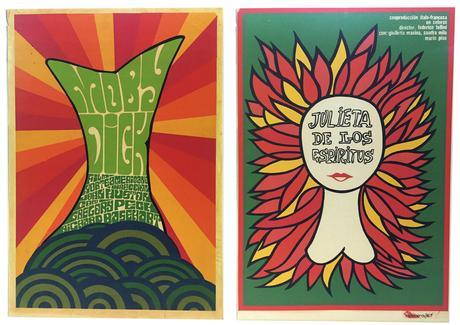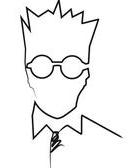More than 400 movie theatres were inaugurated in Cuba from the early 1940s (one-fourth of which were located in Havana); the first movie titles proposed (of European, Mexican and Argentine origin) were advertised by many communication agencies that adopted a style of obvious western origin - resulting from the influence of their United States neighbours .
lt was following the Castro revolution (dated 1 January 1959) and the constitution of the ICAIC (Cuban lnstitute of Cinematographic Art and lndustry, instituted on 24 March 1959) that graphie designers began to freely interpret the feature films and documentaries arriving from every corner of the world.
The formal independence they enjoyed, together with their unique synthesis of expression skills, would allow them to establish on original movement of full-fledged artists dedicated to cinema propaganda. Hecho en Cuba, made in Cuba, became synonymous of creativity and skills; and the carteles de cine (movie posters) represent the most valid and effective proof of the same.



A propos de l'auteur


